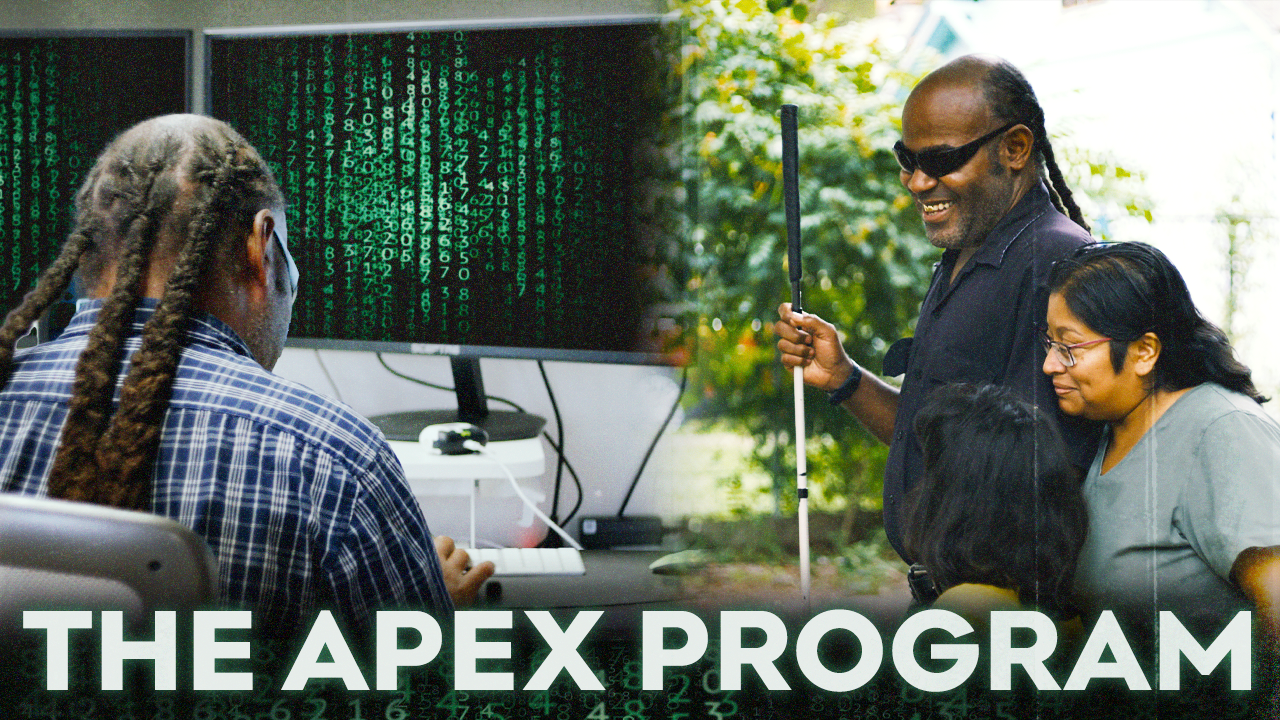We got a weaker than expected headline number from the March jobs report, but a record-setting number in hiring none-the-less.
Last month, employers added 103,000 new workers to their payrolls, according to the Bureau of Labor Statistics. Economists had been looking for 185,000. Still, that was the 90th straight month of job growth, extending the longest streak since the BLS started keeping track in the 1930s.
Professional and business services had the largest biggest gains in March, adding 33,000 workers. Manufacturing and health care added 22,000 jobs each. Employment in construction dropped by 15,000 jobs, and retail was down 4,000.
The jobless rate remained at 4.1 percent, the lowest rate since 2000. The average hourly earnings were up about eight cents in March. Over the past year, wages were up an average of 2.7 percent.
As usual, the report included revisions to the past few months. January’s gains were revised down to 176,000 from 239,000, while February’s gains were revised up from 313,000 to 326,000. Overall, the past three months worked out to an average job gain of 202,000, in line with the average for the past year.
Hiring Opportunity is Closer Than You Think

“We see a pretty strong labor market. Everything we see tells us that it’s going to be a strong year for hiring and there will be a lot of opportunities, but I think there’s still a gap,” according to CareerBuilder CEO Matt Ferguson.
“The opportunities and pay will continue to go increasingly to those with more skills and education. People are being left behind in an economy that’s more technological-driven, very fast-paced. I think it creates some uncertainty and fear for a lot of people about the future of their professional lives and their kids’ professional lives,” Ferguson tells WorkingNation.
So, the question is, in this strong employment market that’s going to remain strong in 2018, how do you get more people the opportunity to participate?
“Getting up-to-speed on the skills you need to snag a higher-paying job is quicker than you think, especially if you already have some job experience,” says Ferguson. “People are working in a job that may be lower-paying, or they have been out of the labor market for a time. They don’t understand how quickly they can acquire skills in a modern economy and become someone who’s ready to take on a new career in technology or analytics, or even certain areas of manufacturing, or construction, or higher areas of customer service, or even higher-paying retail jobs.”
CareerBuilder is in the business of helping people find jobs and employers find, hire, and manage the talent they need. They’ve been tracking the changes in the workforce for more than 20 years, and right now they see that nearly 60 percent of companies in the United States have jobs remaining open for at least three months.
RELATED STORY: Nevada looks to apprenticeship to build on jobs growth
Ferguson says many of these in-demand jobs don’t require a four-year degree. “There’s a lot of them out there that require skills that don’t even take two years to acquire for someone who’s smart, ambitious, and hard-working. We can show (workers) here are the jobs that are available today and what they pay. If we can help people understand, here are the skills you have, here’s some courses out there that allow you to get those needed skills in a short amount of time for a little or no money, you close the information gap for the consumer.”
CareerBuilder is also seeing a significant demand for middle-wage workers, especially in customer service. Ferguson sees this as a stepping-stone for people in lower-wage jobs trying to find better jobs.
To connect those jobs with people and people with those jobs, CareerBuilder has partnered with Capella Learning Solutions to create a new competency-based education platform called RightSkill. “What we try to do with RightSkill is package that up in courses that take a little bit of time, from a few hours to at most, a few days, but make you prepared for a new career in customer service that might make you a middle-wage earner. For a lot of people, that’s life-changing,” Ferguson says.
Helping people acquire the skills they need to find better-paying jobs is an important societal issue, says Ferguson. “The modern economy and the economy in the future is going to require people to continue to upgrade their skills throughout their entire career. We have to think about a model that includes the ability of workers to get skills in their 30s, 40s, 50s, 60s, 70s, and beyond because a lot of people are going to want to work longer. We see that already. You hear about the retiring age baby boomers, but we’re also seeing a lot of them want to stay on and work and they’re going to continue to want to improve their skills so that they’re more marketable as they stay in the workforce. It’s the foundational issue we confront.”
Join the Conversation: Tell us what you think about the latest BLS numbers and how our country can improve hiring in depressed sectors on our Facebook page.











